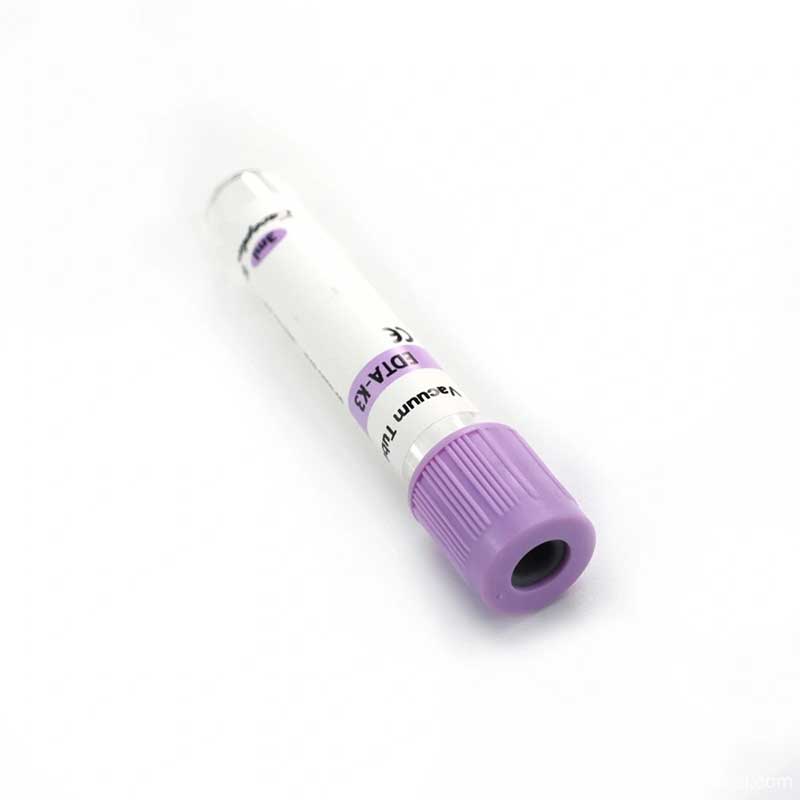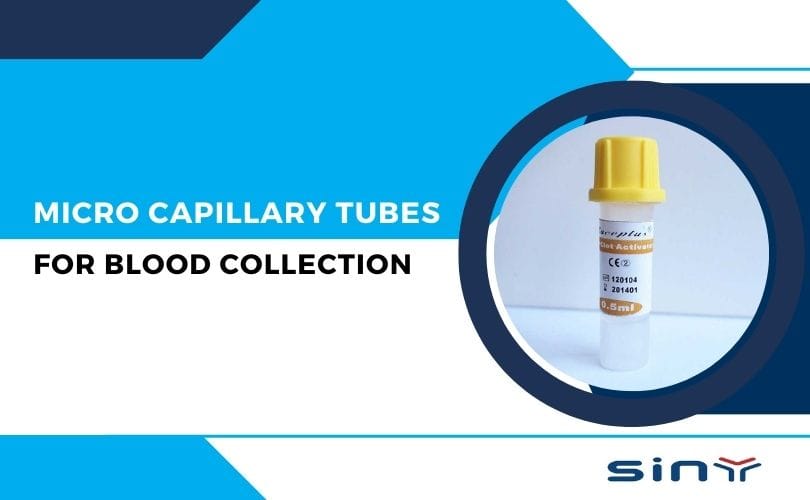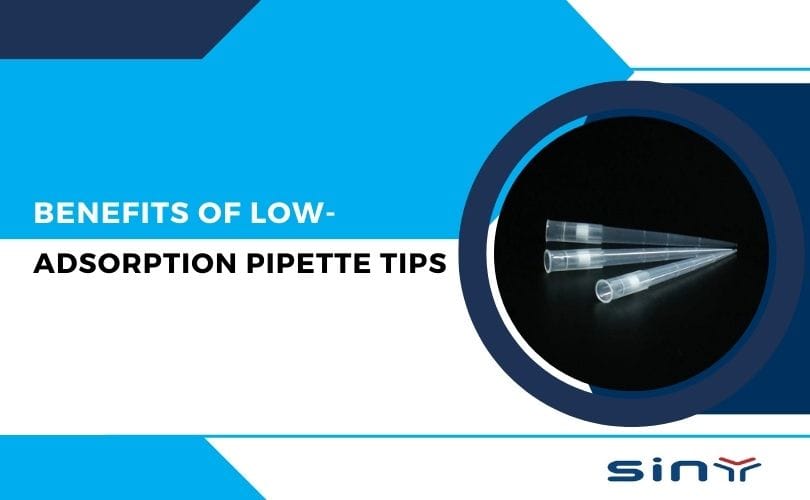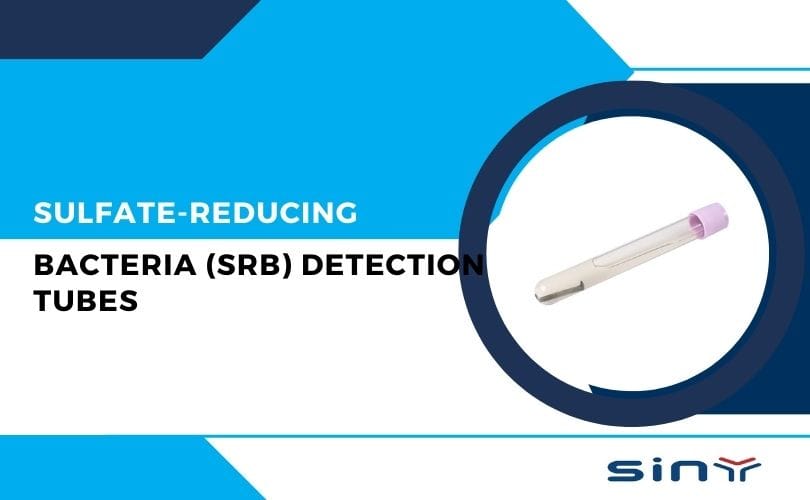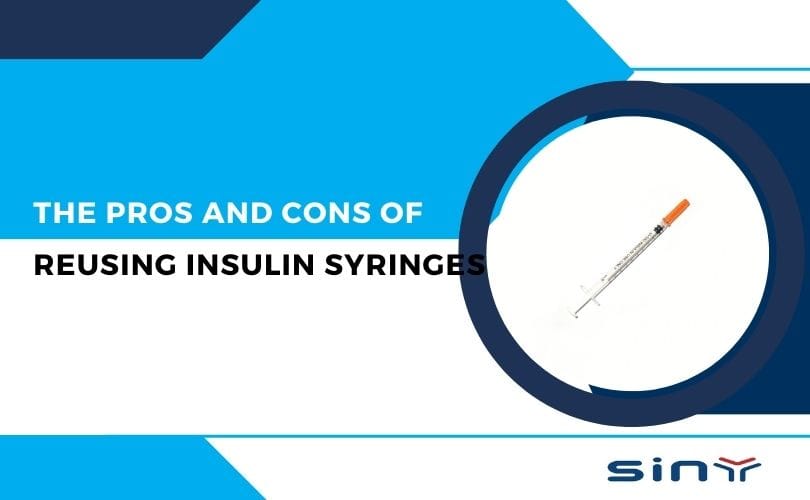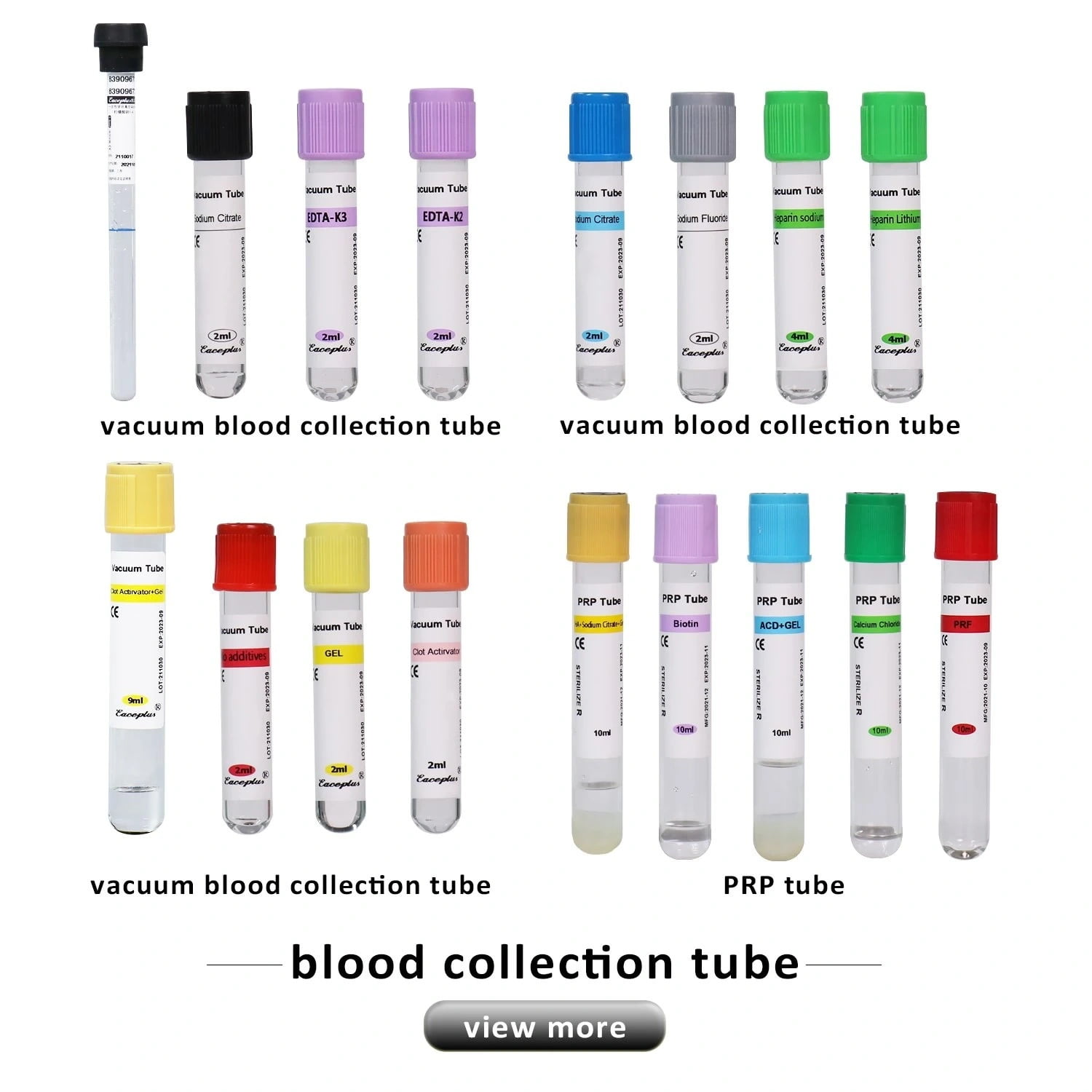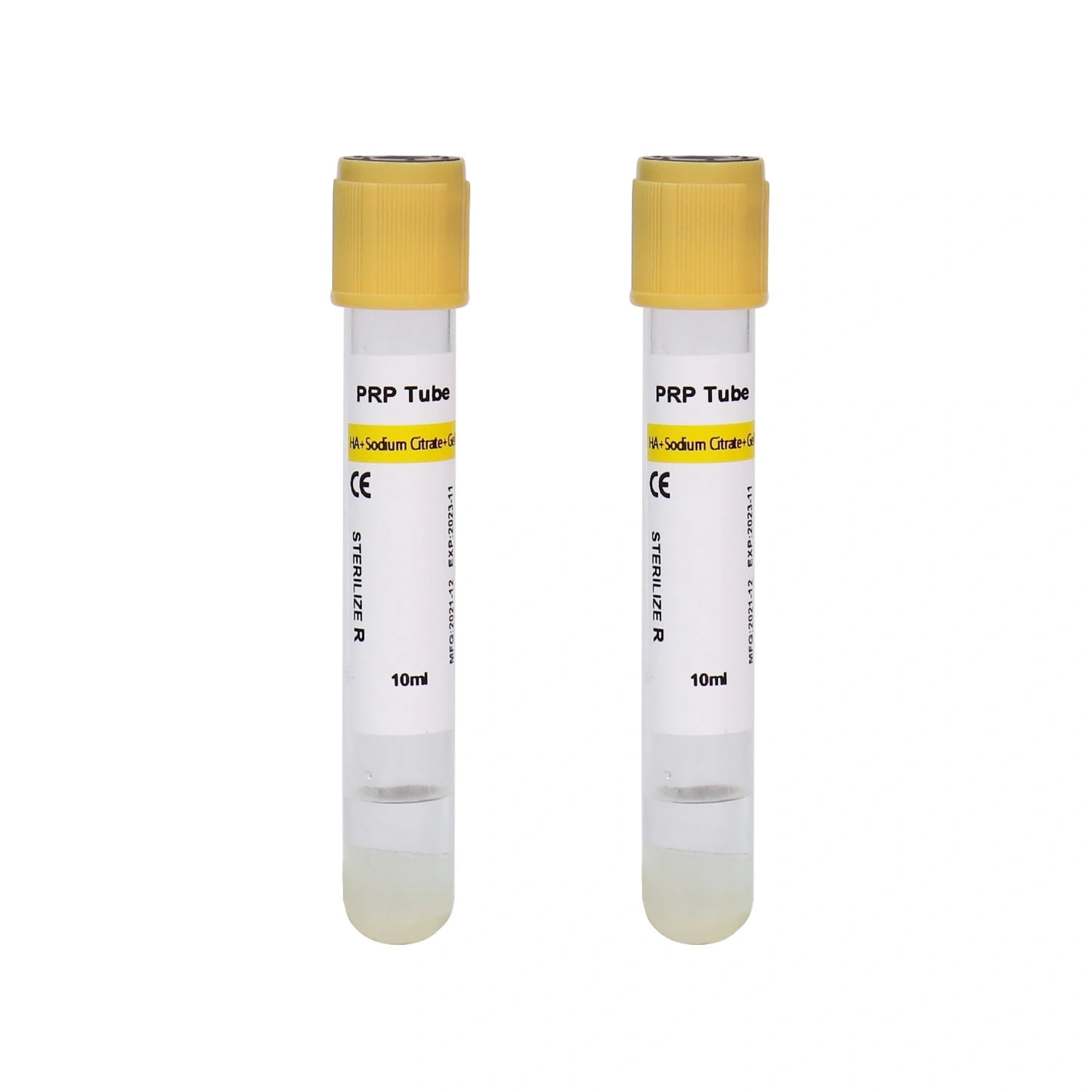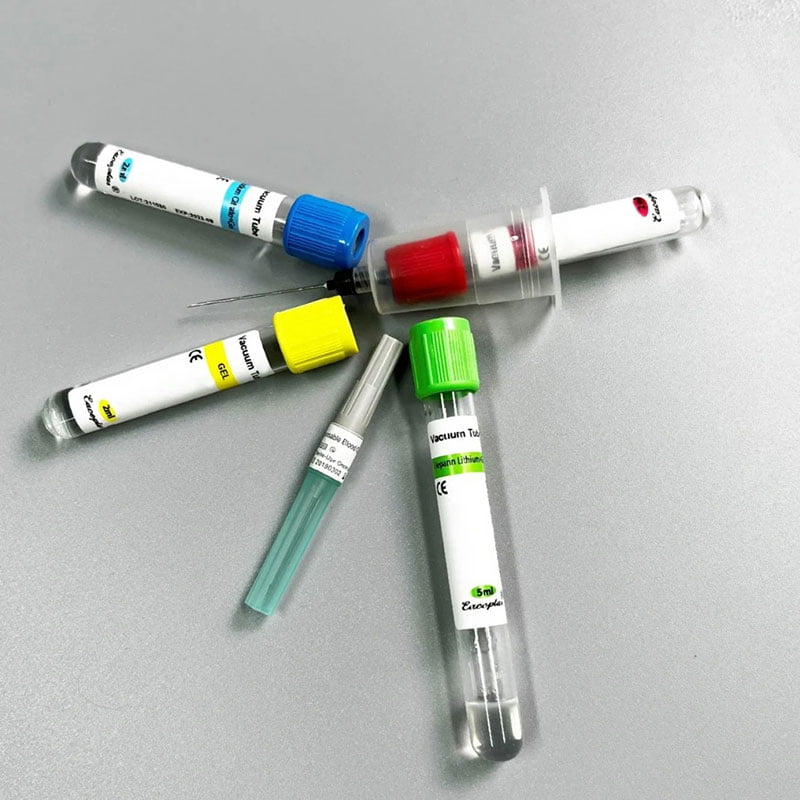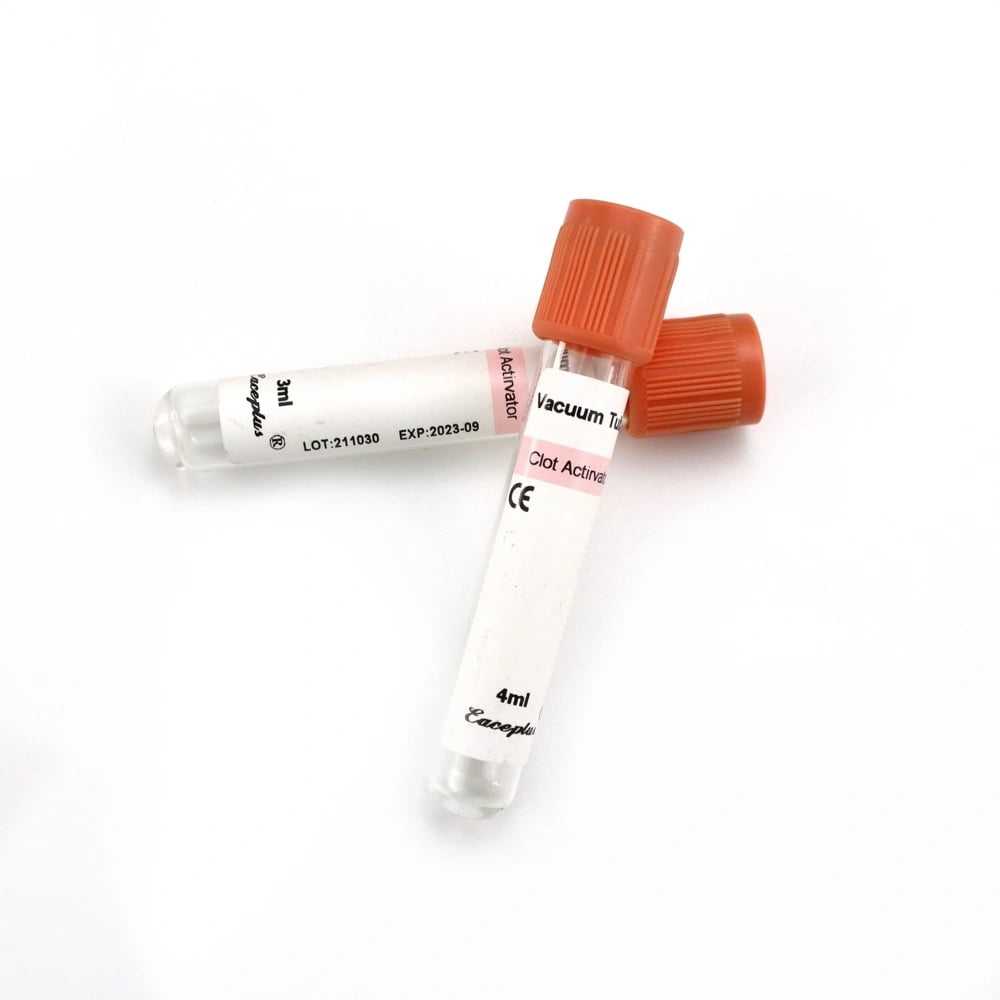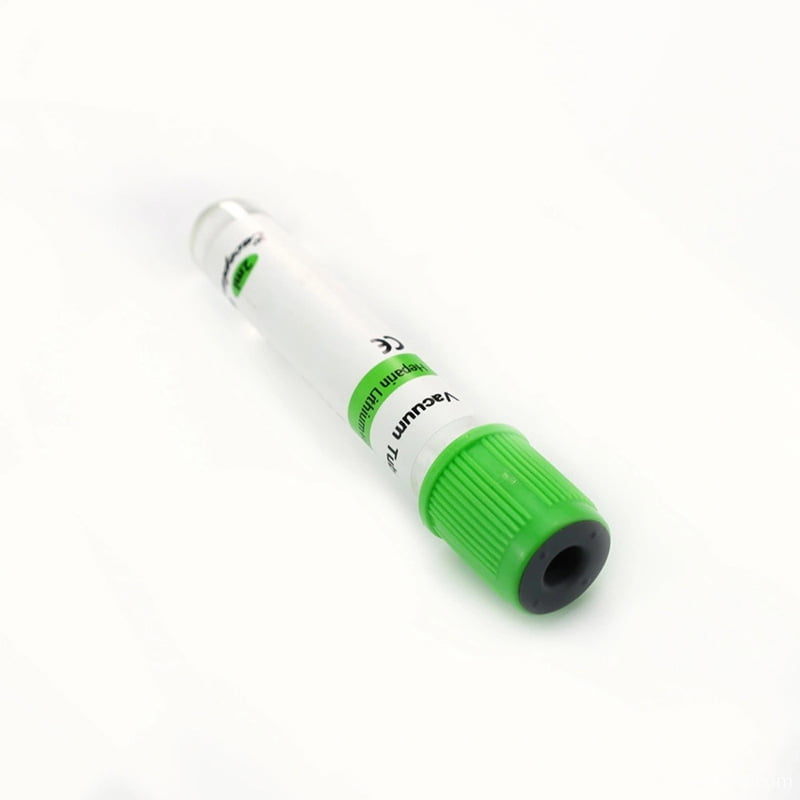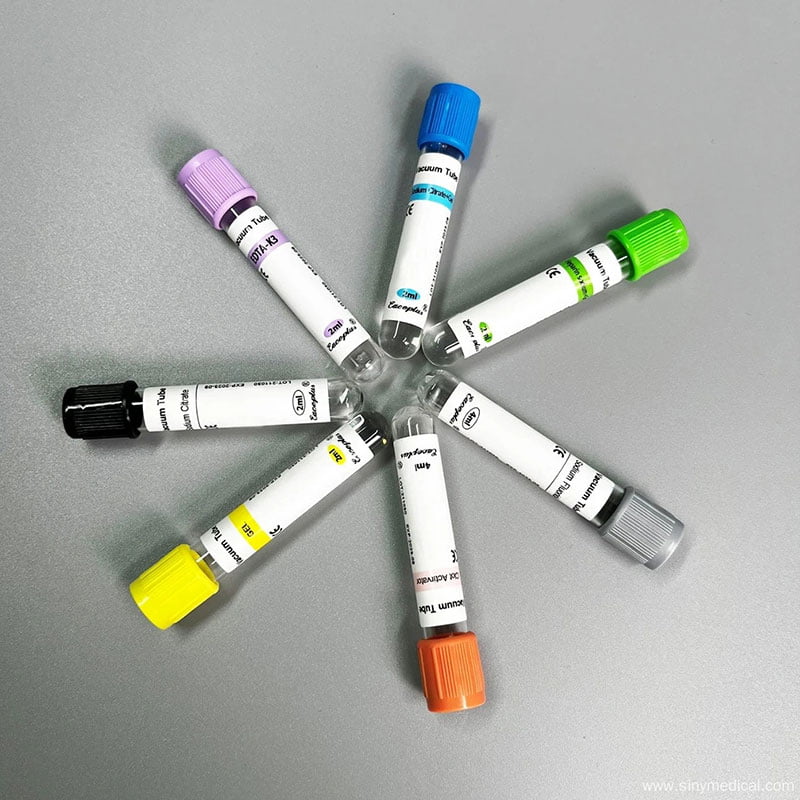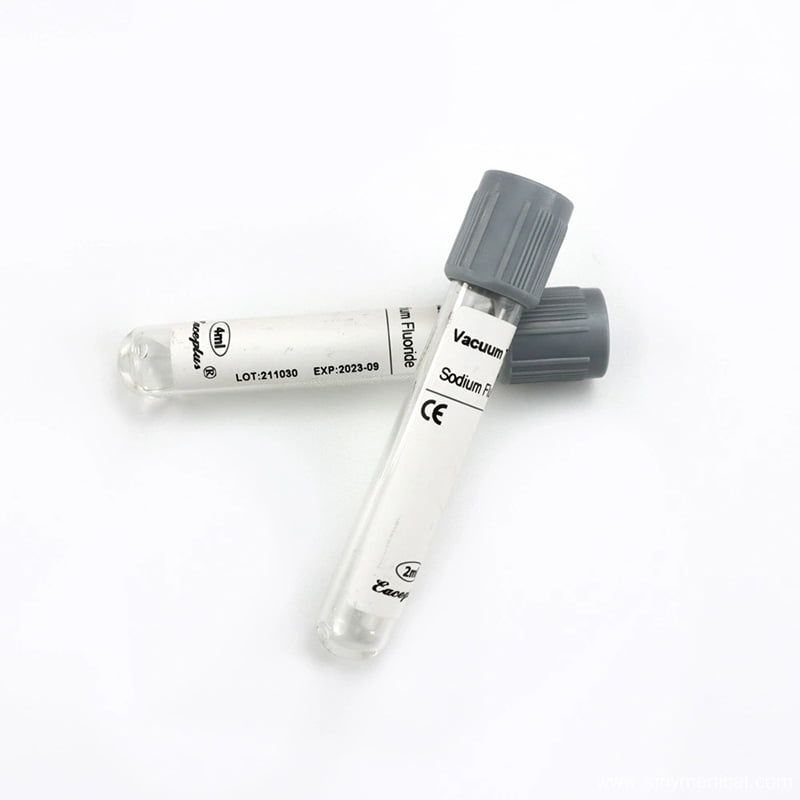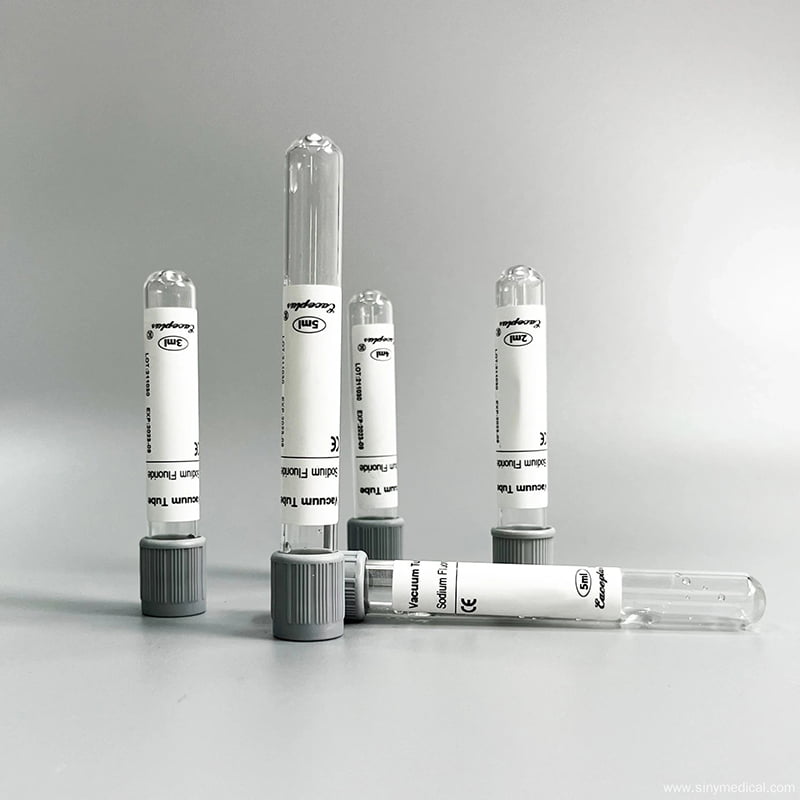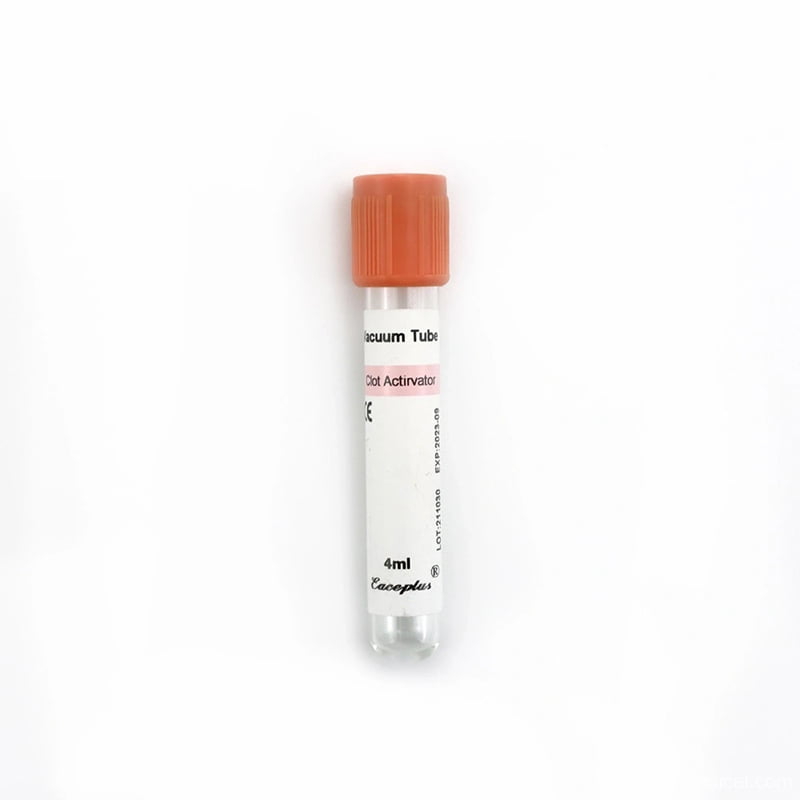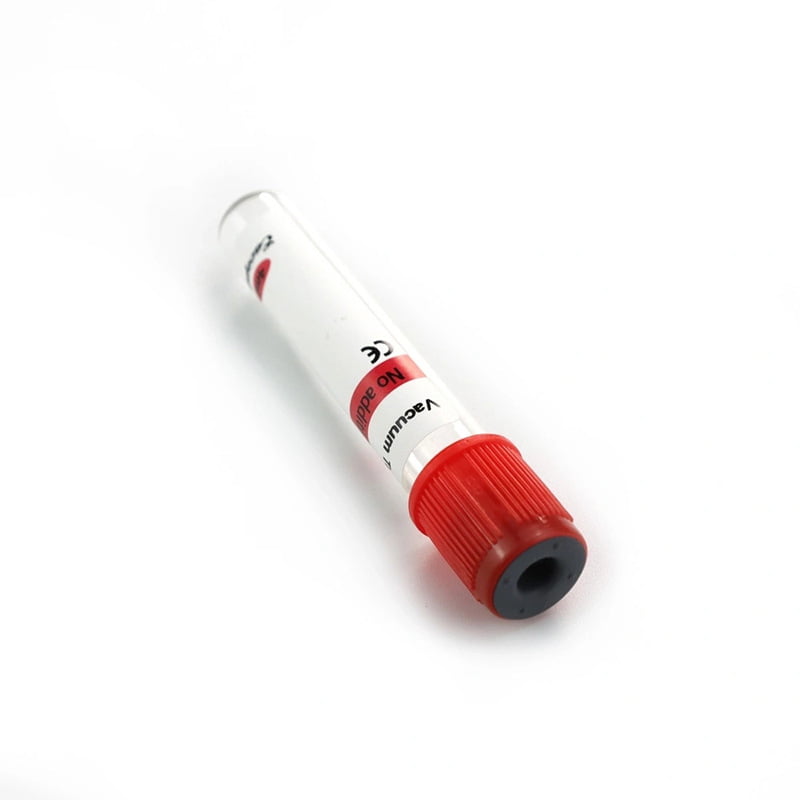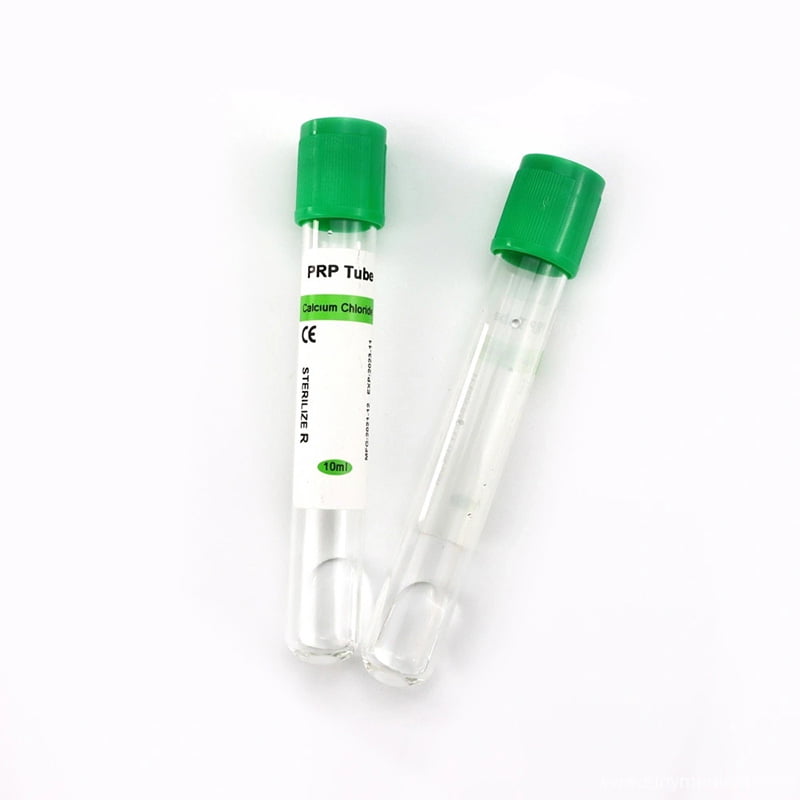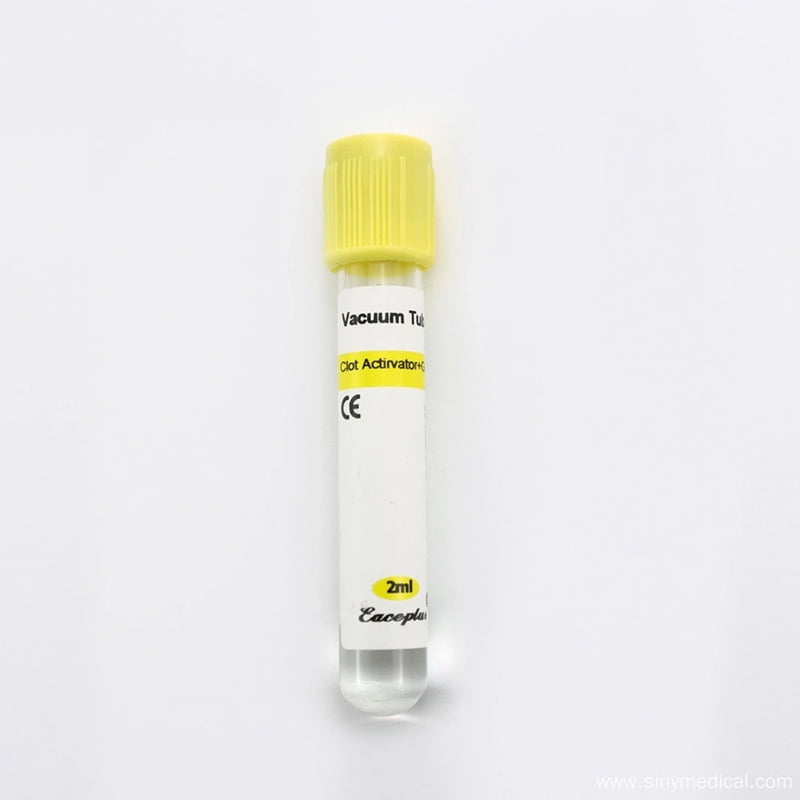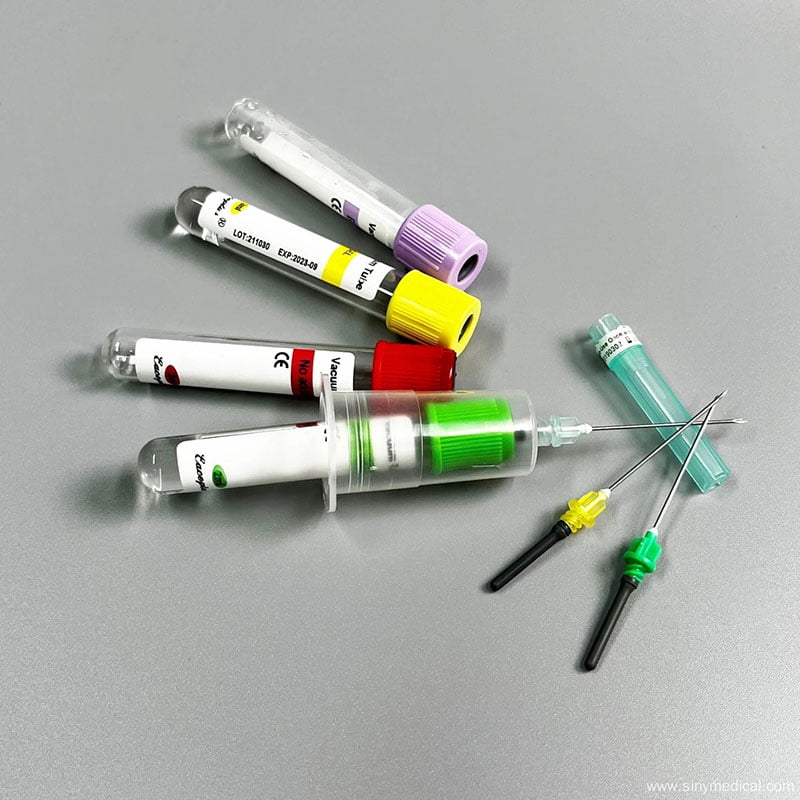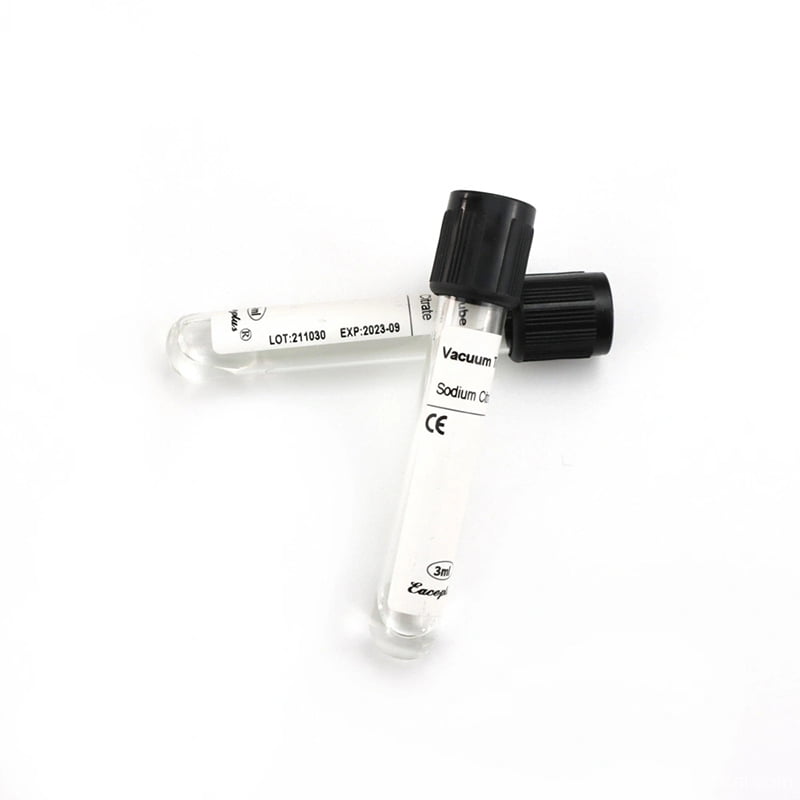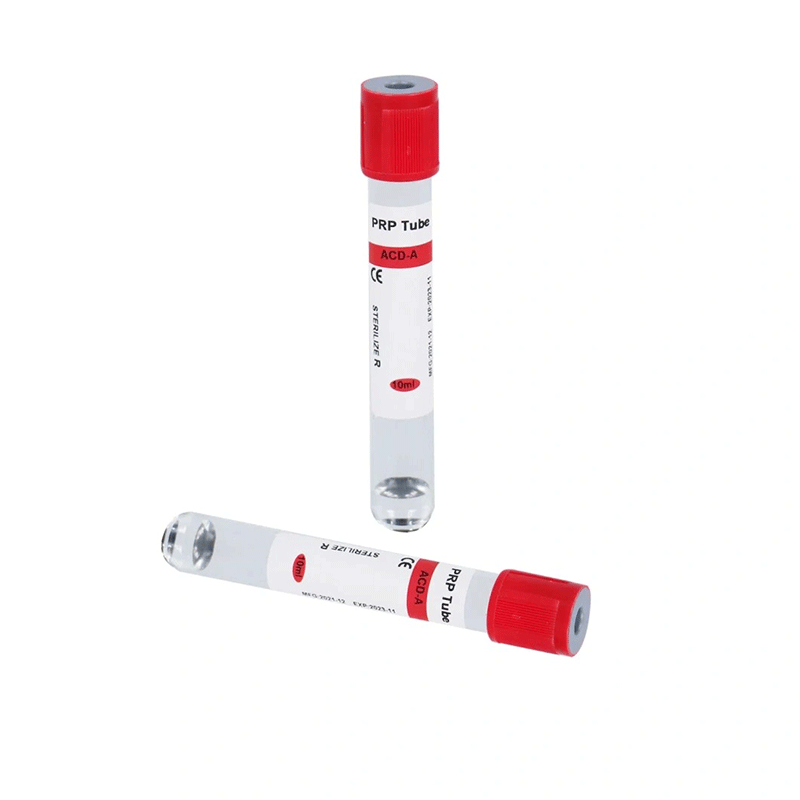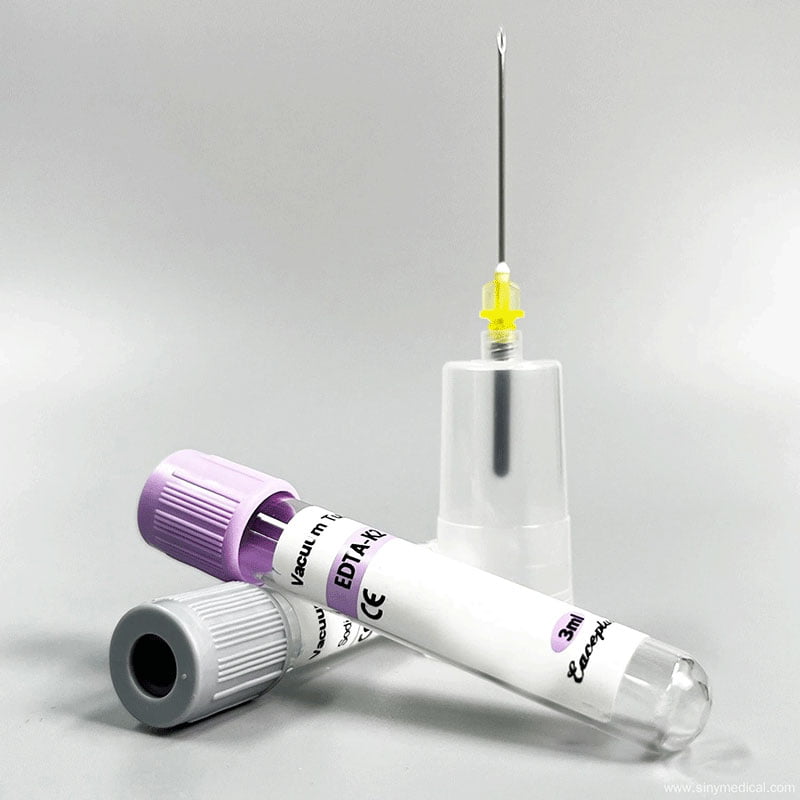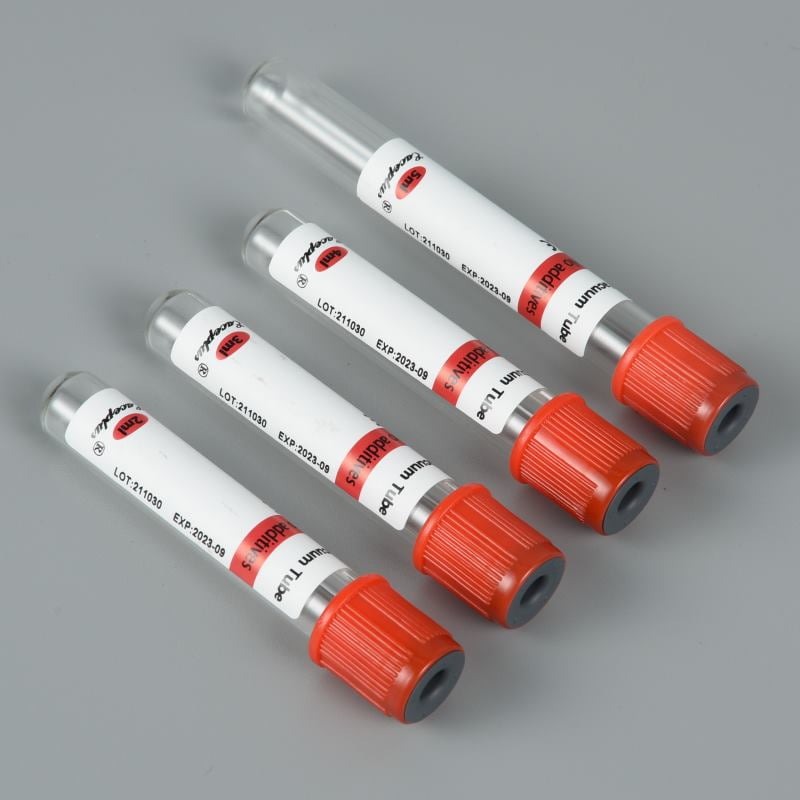A butterfly needle—also called a scalp vein set or winged infusion set—is a common medical device used for various clinical procedures. It has two small plastic “wings” attached to the needle hub, which help healthcare workers hold and secure the needle during insertion. The needle itself is short and thin, with a flexible tube extending from the hub. This design helps make blood draws and infusions safer and more comfortable, especially for children, older adults, or anyone with fragile or hard-to-find veins.
Table of Contents
Understanding Gauge and Why It Matters
Medical needles are usually measured by “gauge” (G). This scale, originally based on the American Wire Gauge system, indicates the outer diameter of the needle. A higher gauge number means a thinner needle, while a lower gauge number means a thicker needle.
For example, a 21G needle is thicker than a 25G needle.
Gauge size is vital because it directly affects:
- Flow Rate: Larger needles (lower gauge) allow faster flow of blood or fluids.
- Patient Comfort: Smaller needles (higher gauge) are less painful during insertion.
- Vein Integrity: Thinner needles reduce the risk of vein damage, especially in fragile veins.
Selecting the correct gauge ensures a balance between efficiency and patient comfort.
What Is a Butterfly Needle?
A butterfly needle is a specialized medical tool used primarily for drawing blood or administering fluids and medications intravenously. Its standout feature is the pair of plastic “wings” attached to the needle hub. These wings provide a better grip, allowing for precise placement and reducing the risk of needle movement.

The needle is short, thin, and connected to flexible tubing, which makes it particularly suitable for patients with smaller veins or those prone to vein damage.
Unique Features of Butterfly Needles:
- Winged Design: Enhances control and precision.
- Flexible Tubing: Reduces stress on veins and minimizes the risk of dislodgment.
- Varied Gauge Sizes: Ranges from 21G to 27G to accommodate different medical needs.
Butterfly needles are indispensable in both inpatient and outpatient settings. You can explore top-quality options at Siny Medical, a trusted supplier of medical-grade products.
Common Butterfly Needle Gauges and Their Uses
Butterfly needles come in various gauge sizes, with 21G to 27G being the most common. Each size serves a specific purpose, depending on the patient and procedure.
21G Butterfly Needle
- Features: Thick needle with a wide lumen.
- Uses: Ideal for rapid blood draws or high-volume fluid infusions.
- When to Use: Patients with robust veins and procedures requiring quick fluid flow.
23G Butterfly Needle
- Features: Most common size for general use.
- Uses: Blood draws and standard intravenous infusions.
- When to Use: Suitable for adults with average vein size and flow requirements.
25G Butterfly Needle
- Features: Thinner needle for gentle venous access.
- Uses: Pediatric patients, elderly individuals, or those with small veins.
- When to Use: Great for delicate veins prone to injury.
27G Butterfly Needle
- Features: One of the thinnest gauges available.
- Uses: Minimal trauma for newborns, infants, or extremely fragile veins.
- When to Use: When vein preservation and patient comfort are top priorities.
For detailed specifications and availability, check out Siny Medical’s Butterfly Blood Collection Needles.
Why Different Needs Require Different Gauges
- Individual Patient Factors
Vein Condition: Vein thickness, elasticity, and placement affect how easy it is to insert the needle. Thin or fragile veins call for thinner gauges (25G or 27G).
Health Status: Conditions like chemotherapy or kidney failure can change vein integrity. The right gauge helps reduce vein damage and discomfort.
- Procedure Goals
Volume and Speed: Large-volume blood draws or fast infusions need thicker gauges (21G or 23G).
Comfort vs. Efficiency: Thinner needles feel less painful but have a slower flow rate, so they’re more appropriate for gentle infusions and smaller blood samples.
- Patient Comfort and Safety
Pain Reduction: Finer needles usually hurt less, which matters for patients who need frequent blood draws.
Stability: Butterfly needles have “wings” that help keep the needle in place, reducing the risk of accidental dislodgement.
Typical Clinical Applications
Routine Blood Draws
In Outpatient Clinics: Butterfly needles are often used for quick blood tests. Most adults do well with 23G, though 25G may be chosen for older or harder-to-access veins.
Hospital Infusion Therapy
Short-Term Infusions: Butterfly needles can be used for moderate infusion needs; they stay stable and reduce skin irritation.
Dialysis and Plasma Collection
Repeated Access: Dialysis patients often have repeated needle insertions in the same area. A butterfly needle of the right gauge reduces tissue damage over time.
Pediatrics, Geriatrics, and NICU
Specialized Care: Children, older adults, and newborns have more delicate veins. Using a thinner gauge (25G or 27G) helps lower the chance of complications.
Advantages and Limitations
Advantages
Higher Success Rate: The “wings” make it easier for healthcare providers to grip and place the needle correctly.
Less Pain and Trauma: The short, thin needle and flexible tube reduce vein damage and tissue irritation.
Versatile: Works well for both blood sampling and moderate infusion, especially in patients with challenging veins.
Limitations
Slower Infusion: Very thin gauges (25G or 27G) may not meet the need for rapid or large-volume infusions.
Risk of Dislodgment: If not secured properly, the short needle can shift during patient movement, causing infiltration or the need for a repeat procedure.
Cost Considerations: Some butterfly needles include safety features to prevent needlestick injuries, which may increase their price.
Key Points for Safe and Effective Use
- Maintain Sterility
Disnfect hands before handling the needle. Thoroughly clean the patient’s skin. Keep the entire setup clean during the procedure to reduce infection risk.
- Choose the Right Gauge
Assess vein size and health status. For large-volume or rapid transfusions, opt for thicker gauges (21G or 23G). For pediatric or fragile veins, thinner gauges (25G or 27G) often work best.
- Use the Correct Technique
Insert the needle at a 10°–15° angle. Once you see a “flash” of blood return, lower the angle and advance gently. Avoid too much force to prevent vein damage.
- Secure Properly and Monitor
Fix the wings with medical tape or a sterile dressing. Check the insertion site often for bleeding, swelling, or pain.
- Communicate with the Patient
Explain the procedure. Encourage patients—especially children or anyone anxious about needles—to stay calm and still. Stop and reassess if they show unusual discomfort.
Conclusions and Professional Advice
Butterfly needles play a key role in modern healthcare because they can make blood draws and IV infusions smoother and less uncomfortable. Their design works well for many situations, including routine blood draws, pediatric care, and repeated venipunctures in patients undergoing long-term treatments.
Medical staff should consider each patient’s vein quality, procedure requirements, and comfort level when selecting the appropriate gauge. Sticking to proper sterile techniques, securing the needle correctly, and communicating with patients will help reduce complications and boost overall safety.
By choosing the right gauge and following best practices, healthcare providers can rely on butterfly needles to deliver precise and gentle care. This attention to detail enhances the patient’s experience and ensures better treatment outcomes.
FAQs
What is the most common butterfly needle gauge?
The 23G needle is the most commonly used for general-purpose blood draws and IV therapy.
Are butterfly needles reusable?
No, butterfly needles are single-use devices to ensure sterility and patient safety.
Can butterfly needles be used for children?
Yes, smaller gauges like 25G or 27G are perfect for pediatric patients.
What gauge sizes are butterfly needles available in?
Butterfly needles typically range from 21G (largest diameter) to 27G (smallest diameter), depending on the application.
Where can I buy butterfly needles?
You can find top-quality butterfly needles at Siny Medical.

